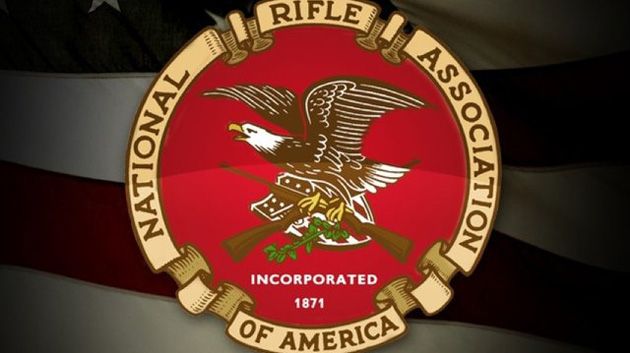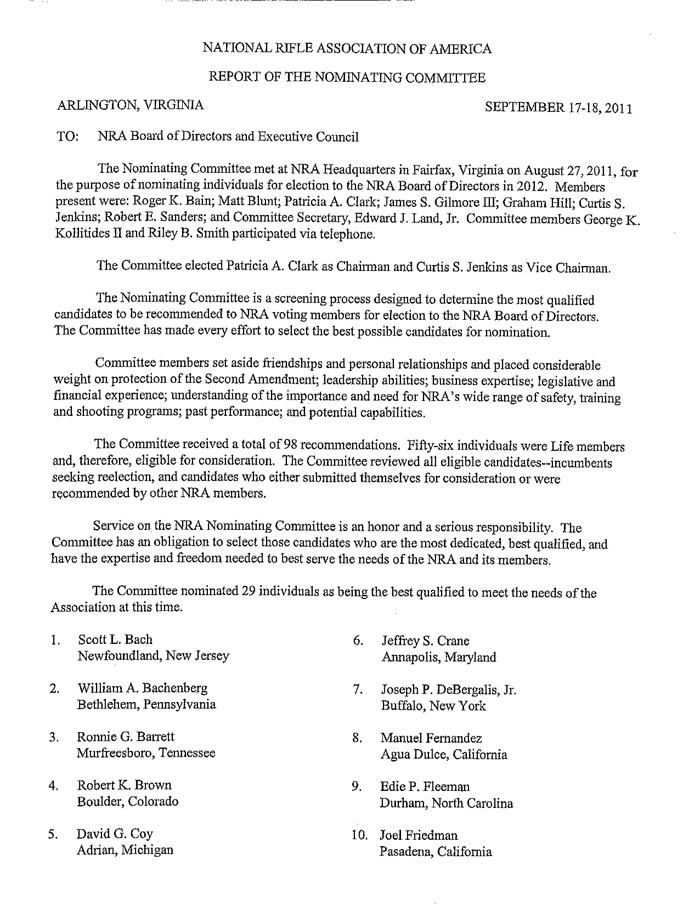Will Justice Be Possible In Guatemala?
A partial retrial for 86-year-old ex-President Efraín Ríos Montt on charges of genocide and crimes against humanity now seems likely after Guatemala’s top court this week overturned his historic May10 conviction on a technicality. Regardless of whether he is convicted again, other former military officers, who were even closer to the carnage against Ixil-speaking and other ethnic Mayans in Guatemala’s highland regions, remain at large.
One of them is Guatemala’s president, Otto Pérez Molina, a retired general who, according to an ex-soldier testifying in Ríos Montt’s trial, ordered soldiers to burn and loot villages and “execute people.” But President Pérez Molina was not on trial and no corroborating evidence against him was heard. (Pérez Molina denies any wrongdoing, or even that genocide in Guatemala ever took place.)
Such evidence exists, however. And there is more evidence still against other officers, particularly the tight-knit group who filled the chains of command during the genocide in the early 1980s, between then-Major Pérez Molina and then-President and General Ríos Montt.
Ríos Montt may yet become the first former head-of-state successfully prosecuted in his own nation for genocide. But this story doesn’t end with one facing an odd genocide trial and another president implicated in war crimes from thirty-odd years ago. A third Guatemalan president, Alfonso Portillo, faces trial in Manhattan on US money laundering charges, which were filed in 2010. Although they each served decades apart, and only two of them are former military officers, these three presidents have stories that are tightly interwoven. Much like the threads of an olive green military dress uniform, pulling too hard, now, at any one loose string, could start unraveling the fabric to eventually bare what lies beneath. This would also include the role of the United States in the violence in Guatemala.
If he were ever brought here for trial, ex-President Portillo would become the first former head of state from any nation to be extradited to the United States. (Former Panamanian leader Manuel Antonio Noriega was brought in 1990 as a de facto prisoner of US military forces who captured him following an American invasion.) Portillo has denied charges that he embezzled tens of millions of dollars of Guatemalan funds, “converting the office of the Guatemalan presidency into his personal ATM,” as the indictment from the US Southern District Court of New York charges. He allegedly stole funds from Guatemala’s school libraries, defense ministry and a national bank, laundering the money through banks in the United States and Europe.
An elite group of former military intelligence officers are implicated in the same crimes. Back when General Ríos Montt assumed the presidency through a 1982 coup, these officers bonded and rose as an informal but powerful force. The same club of officers exists today—the place where genocide and organized crime meet.
A Defense Intelligence Agency cable from 1991 identifies this “intelligence club,” whose members called themselves the “Cofradía…the name given to the powerful organizations of village-church elders that exist today in the Indian highlands of Guatemala.” According to the once-classified cable, “This vertical column of intelligence officers, from captains to generals, represents the strongest internal network of loyalties within the institution.”
La Cofradía was formed during the peak of violence in the early 1980s by a group of Army Colonels, who, according to the cable, “must be given much of the credit for engineering” the military operations that both defeated the nation’s leftist guerrillas and resulted in genocide for 5.5 percent of the nation’s Ixil-speaking people.
“Under directors of intelligence such as then-Col. Manuel Antonio Callejas y Callejas back in the early 1980s, the intelligence directorate made dramatic gains in its capabilities, so much so that today it must be given much of the credit for engineering the military decline of the guerrillas from 1982 to the present,” reads the cable, which was obtained by George Washington University’s National Security Archive.
These Army colonels recruited “other capable officers” who were their juniors to serve in “key operations and troop command assignments.” The “Operators” developed their own “network of recognition, relationships and loyalties.” One of the operations officers, the cable goes on, was then-Major Otto Pérez Molina.
***
Ríos Montt took power in 1982 through a coup and later formed a political party called the Guatemalan Republican Front. Having always wanted to be a popularly elected president, he tried running for it three times, but Guatemalan courts kept ruling he was ineligible over his role in a past coup. So Ríos Montt handpicked a career politician named Alfonso Portillo to run on his party’s ticket in his place, and Portillo, after losing one election, won the next one to take office in 2000.
One of President Portillo’s most frequent guests at the National Palace was retired intelligence chief and Cofradía officer Ortega Menaldo, spotted so frequently, a spokesman felt compelled to tell reporters that he was just a close friend and not an official advisor.
In March 2002, the State Department revoked Menaldo’s US entry visa due to narco-trafficking allegations. Menaldo denied the allegations, telling reporters that he had previously collaborated with both the CIA and the Drug Enforcement Administration against drug trafficking. The same top Cofradía officer named in the DIA cable, now-ret. General Callejas y Callejas, also had his visa revoked on the same grounds, but never responded to the allegation.
The Bush administration eventually decertified Guatemala for failing to cooperate against drug trafficking.
“Narcotics trafficking, alien smuggling, car theft, money laundering, and organized crime in general are on the increase in Guatemala,” a State Department official, Paul Simons, testified to Congress. “Some of the leaders of these activities have very close ties to the president and regularly influence his decisions, especially with respect to personnel nominations in the military and ministry of government.”
US agencies have finally begun holding Guatemala accountable for criminal activity, after largely ignoring drug trafficking and other crimes by retired military officers and others for years. But the United States has yet to account for its own role in Guatemala’s genocide. To date the closest any U.S. official has come was then-President Bill Clinton saying in Guatemala City in 1999 that “support for military forces or intelligence units which engaged in violent and widespread repression of the kind described in the report was wrong.”
Pérez Molina was in Washington serving as the Guatemala military liaison to the Inter-American Defense Board, when Portillo was elected president with Ríos Montt’s and his party’s backing. When the new government was inaugurated, Pérez Molina retired from military service, and within a year founded the Patriotic Party.
Soon both Ríos Montt and Pérez Molina were elected representatives on different sides of the Guatemalan legislature. (Ríos Montt’s daughter, Zury Rios, was an elected legislator, too. She married then-Illinois congressman Jerry Weller, who later left Congress over improprieties including undisclosed Nicaragua beachfront properties first documented in the Chicago Reader by this reporter.)
Pérez Molina ran for the presidency in 2007 and lost, and ran again in 2011 and won. He came to power promising to crack down on organized crime, especially Mexican drug cartels that in recent years have inundated Guatemala. But President Pérez Molina also allowed, in no small part due to international pressure, both a UN anti-crime task force, backed by the United States since the Bush administration, as well as Guatemalan’s own dogged attorney general, Claudia Paz y Paz, to continue gathering evidence and bringing cases to court.
One of the nation’s future defendants could conceivably be him. Using the nom de guerre of Major Tito Arias, then-Major Pérez Molina served in the Ixil region, where journalist Allan Nairn interviewed him on camera as part of a documentary made by the Finnish filmmaker Mikael Wahlforss. The documentary recorded Pérez Molina standing amid a row of adult male corpses, as soldiers kicked their remains. A soldier said on camera that they had brought the men to Pérez Molina for interrogation, but that they provided no information. The soldiers did not explain how the men were killed.
A City University of New York anthropologist, Victoria Sanford, recently wrote a New York Times op-d saying that the Obama administration should lead nations in the Organization of American States to demand President Pérez Molina’s resignation.
***
Anthropologists have long helped document abuses against Guatemala’s majority Mayan population. In 1990, anthropologist Myrna Mack was killed, stabbed twenty-seven times, by a military high command agent. Her sister, Helen Mack Chang, was a bank loan officer who has since emerged as the nation’s leading human rights advocate.
Helen Mack long ago compared the impunity surrounding the Guatemalan military and its crimes to a wall. With the trial of ex-President Ríos Montt the wall has finally began to crack, but not yet crumble. It remains unclear whether any legal or other action will be taken against the former military “Operator” under both Ríos Montt’s and the Cofradía’s commands, now-President Pérez Molina.
Ex-President Portillo, the politician handpicked by Ríos Montt, stands indicted in Manhattan. But his extradition has been stalled for three years. A related criminal case against him has remained open in Guatemala, even though few actual proceedings occurred. Last month the case was finally closed, perhaps now paving the way for Portillo’s extradition.
Even if his extradition were approved, his money-laundering case in New York is so potentially explosive that American diplomats wonder out loud whether he would be killed before he left. “A powerful group of former senior military officers known collectively as ‘The Brotherhood’ (‘La Cofradía,’ suspected of narcotrafficking and other crimes), who colluded with then-President Portillo to embezzle millions from the state, might seek to murder him in order to ensure he does not collaborate with Guatemalan or U.S. authorities,” reads a 2010 still classified State Department cable signed by Ambassador Stephen McFarland, a career diplomat and veteran Central America hand, and obtained and made available online by WikiLeaks.
The genocide and other crimes committed with impunity in Guatemala have long ripped the fabric of the nation. Stitching it back to together will require the same kind of hand-woven care it takes to embroider a detailed, colorful Ixil woman’s huipil.
Read more: http://www.thenation.com/article/174433/will-justice-be-possible-guatemala#ixzz2U8zkGXMA






